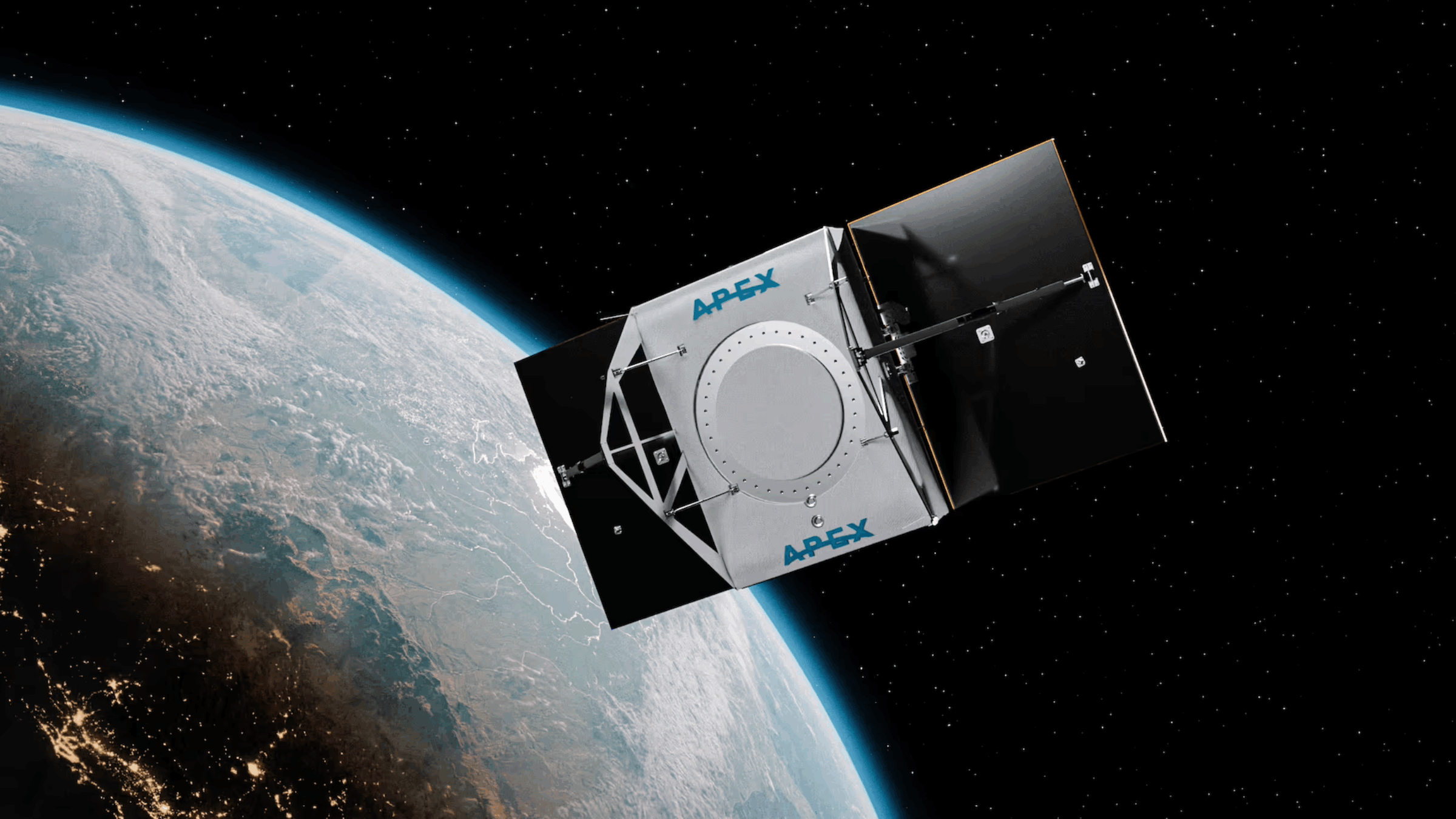By Chris Morales, Sarah Hess, and Kristen Dumbeck
We are excited to announce our continued investment in Apex supporting their mission to revolutionize satellite bus manufacturing for the evolving space economy.
Spurred by the decline in launch costs, and the rise of proliferated constellations such as OneWeb and Project Kuiper, the demand for commercial satellites is robust. In fact, the General Accountability Office (GAO) estimates as many as 58,000 active satellites will be launched by the end of the decade. In the quest for more resilient space capabilities, the U.S. government is moving away from bespoke, expensive, long-lifespan satellites to more numerous, cheaper, and rapidly replaceable spacecraft. Additionally, expanded increases in U.S. Defense budgets over the next few years will likely increase national security demand for spacecraft, in our view. These tailwinds are not just limited to the United States, with other countries from Asia to South America pursuing their own sovereign space capabilities as barriers to do so come down.
Yet, the space industrial base is still largely oriented towards low-rate, exquisite satellites. The space supply chain struggles to keep pace with the demand of commercial and government customers as a result. In a high visibility example, the Space Development Agency recently announced it was delaying Tranche 1 of its proliferated constellation due to system readiness and supply chain issues. This is after the program saw one of its primes enter into litigation with a subcontractor over delays and reliability issues with supplied parts. This is not limited to the U.S. government. Commercial customers such as as Telesat, Viasat, and SES have all announced delays or reliability problems over the past three years because of supply chain issues.
Ian Cinnamon and Max Benassi built Apex from the ground-up to service the new space industry paradigm. Like the automakers of the Freedom’s Forge era, they are applying mass manufacturing techniques in an effort to deliver scale, efficiency, and reliability of their product. Apex’s configurable, standardized, buses are designed to limit bespoke engineering and leverage an extensible software layer to easily integrate with customers’ payloads. Their lineup includes spacecraft designed for geostationary, medium, and low earth orbit at significantly more affordable price points than traditional providers.
Following our investment in their Series B in 2024, we’re now proud to lead Apex’s Series C and work with Ian, Max, and the rest of the team as they build the supply chain to help support the new space industry.
Ad astra sine aspera.
